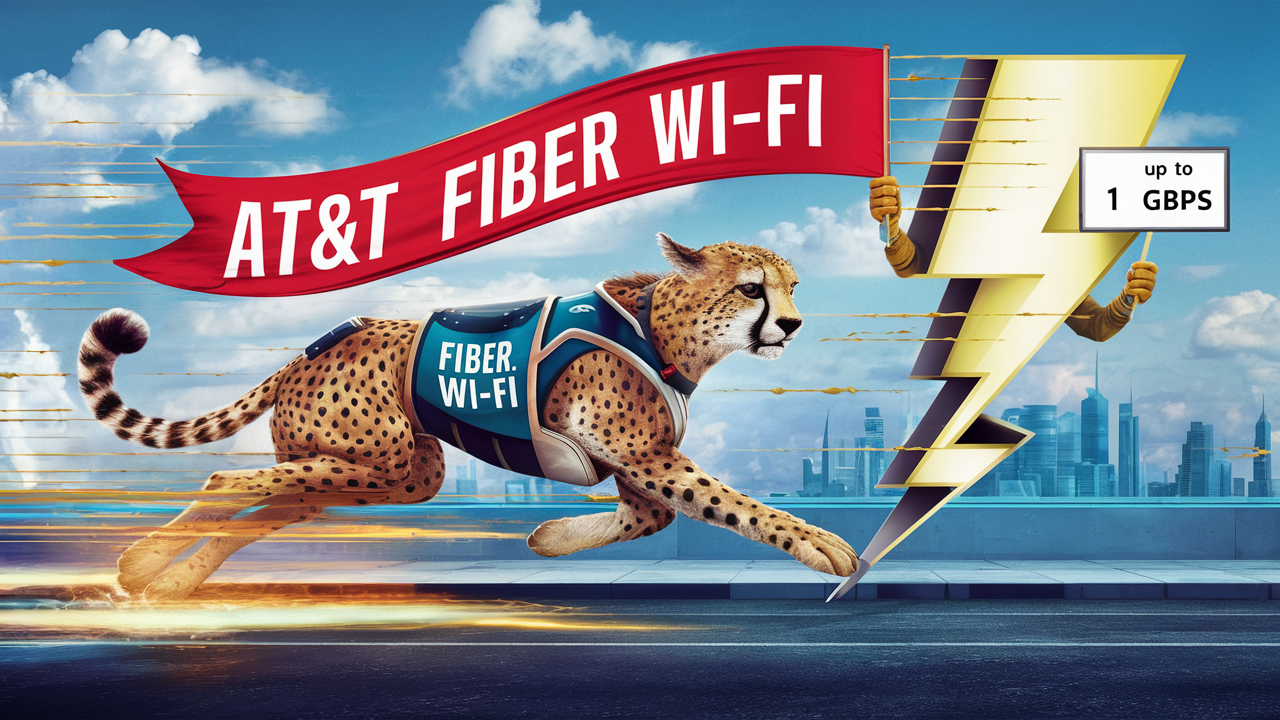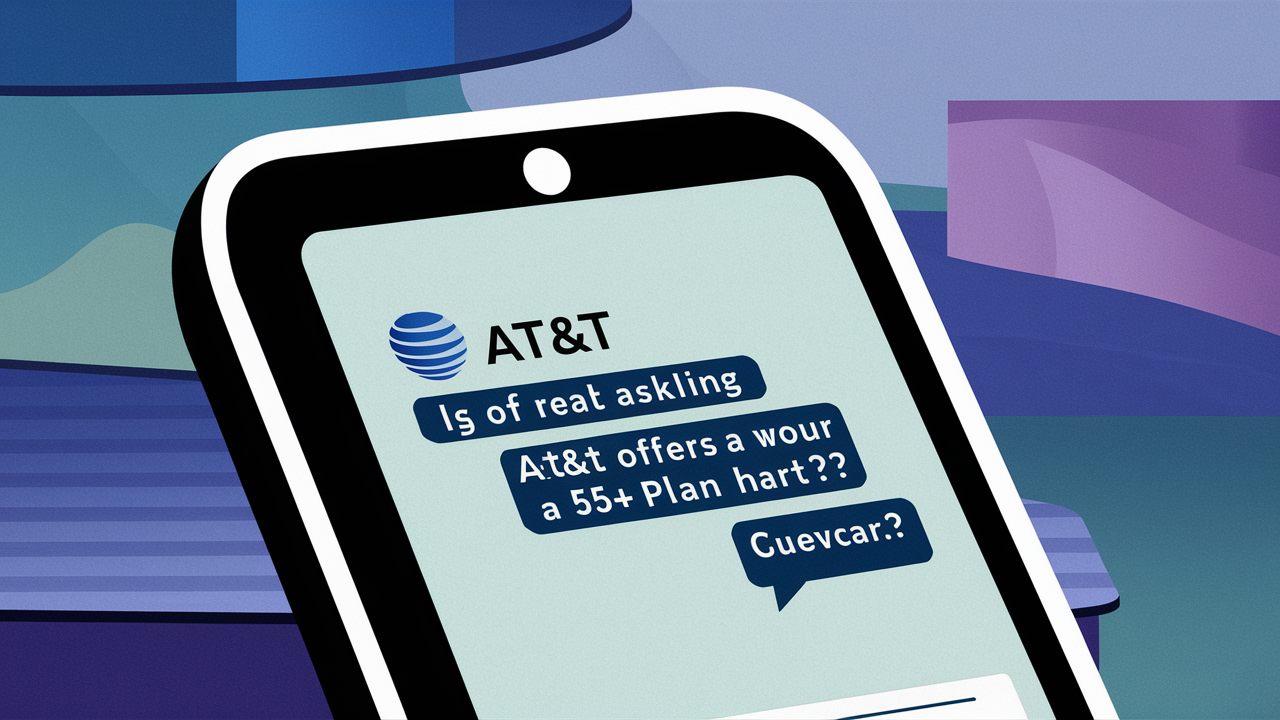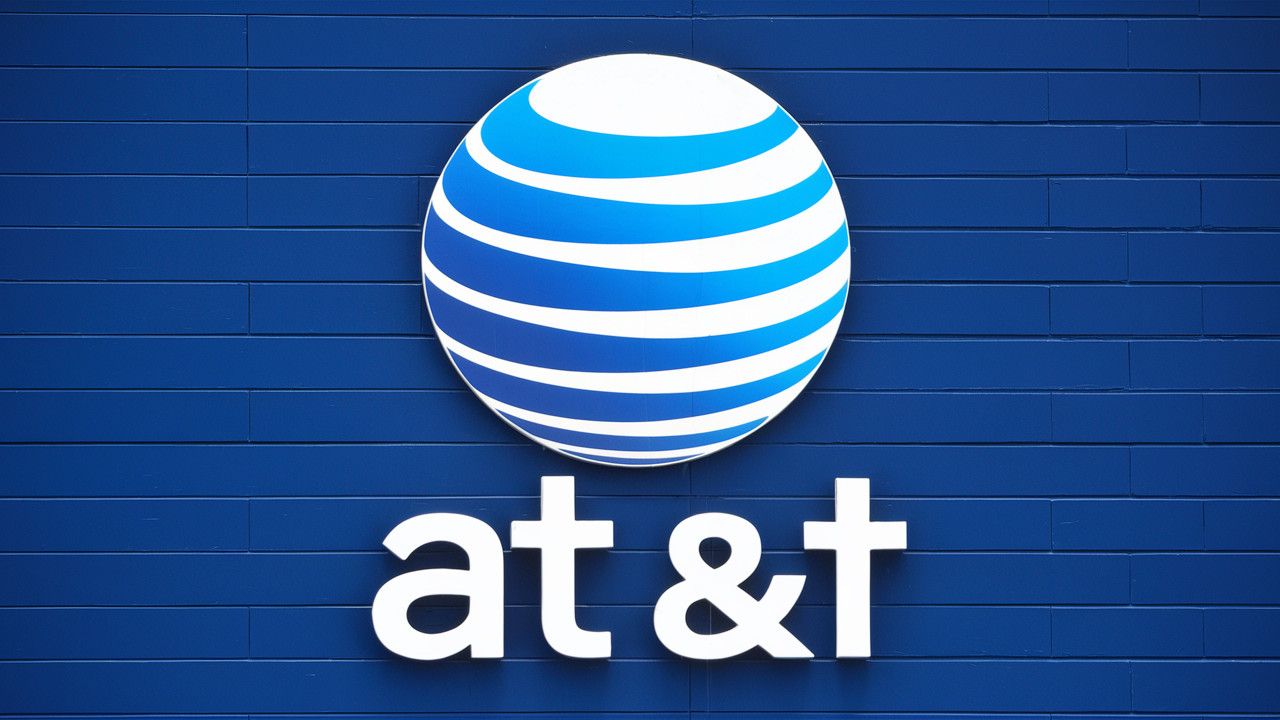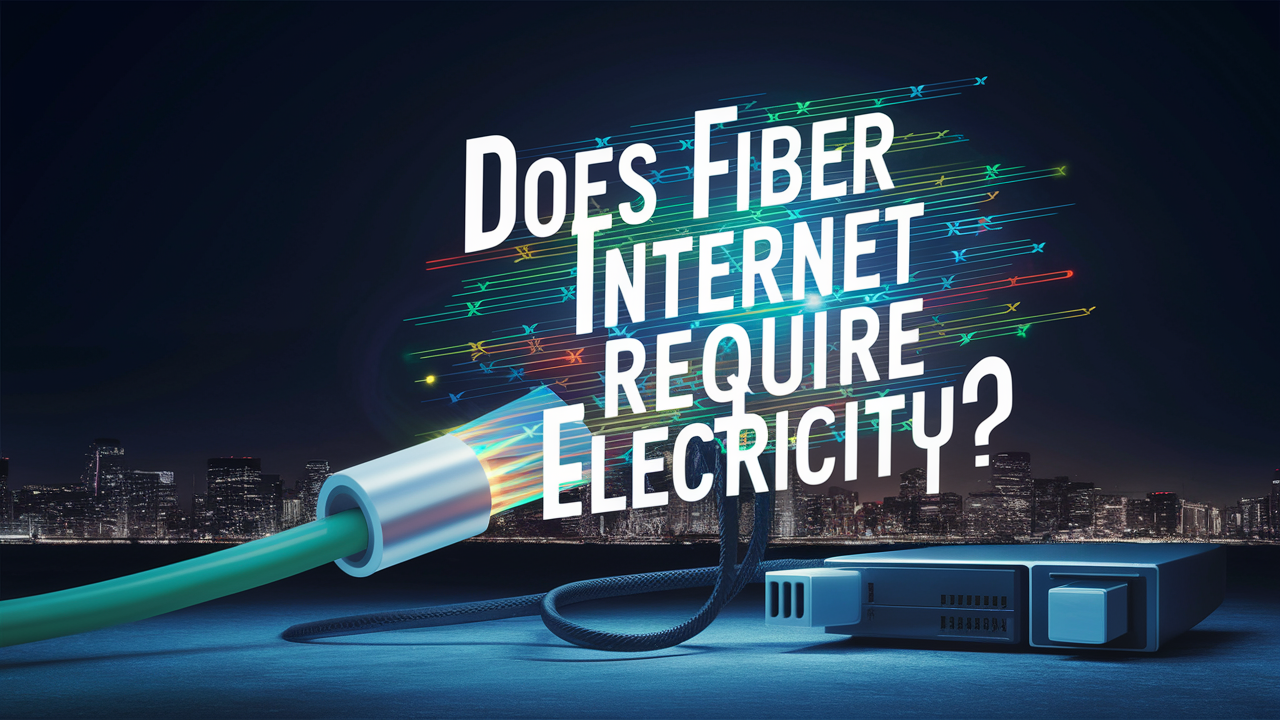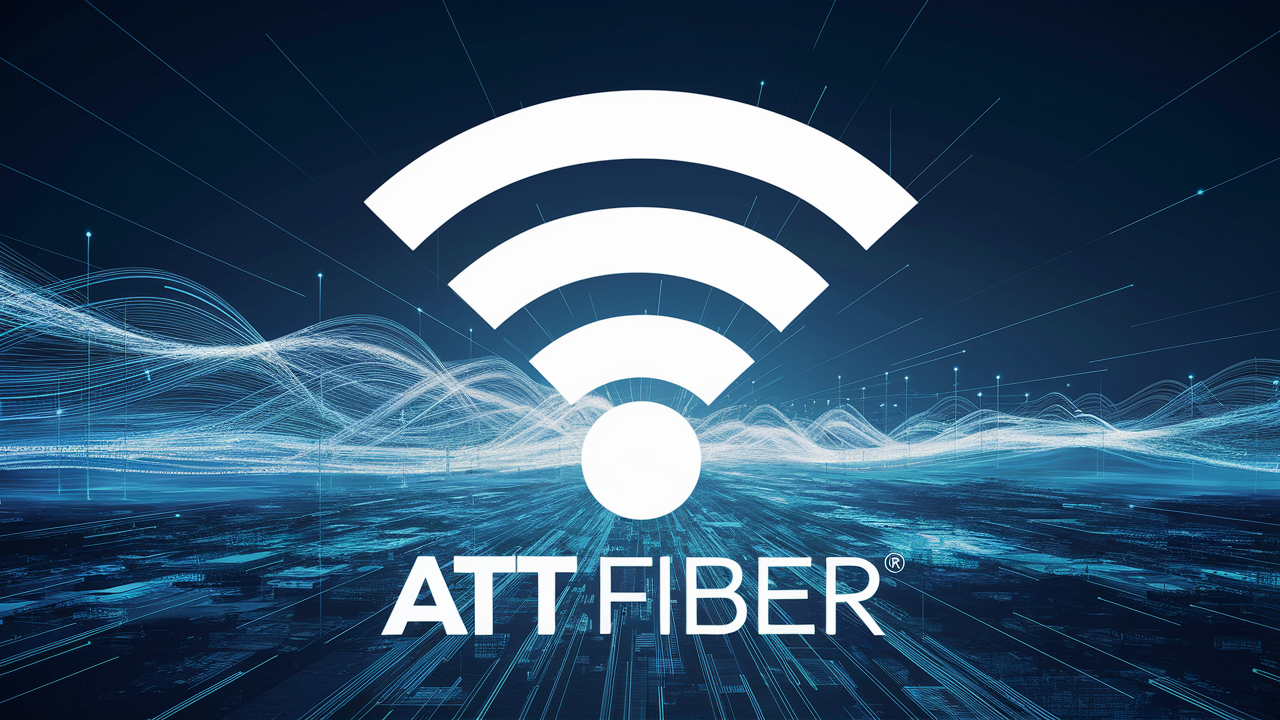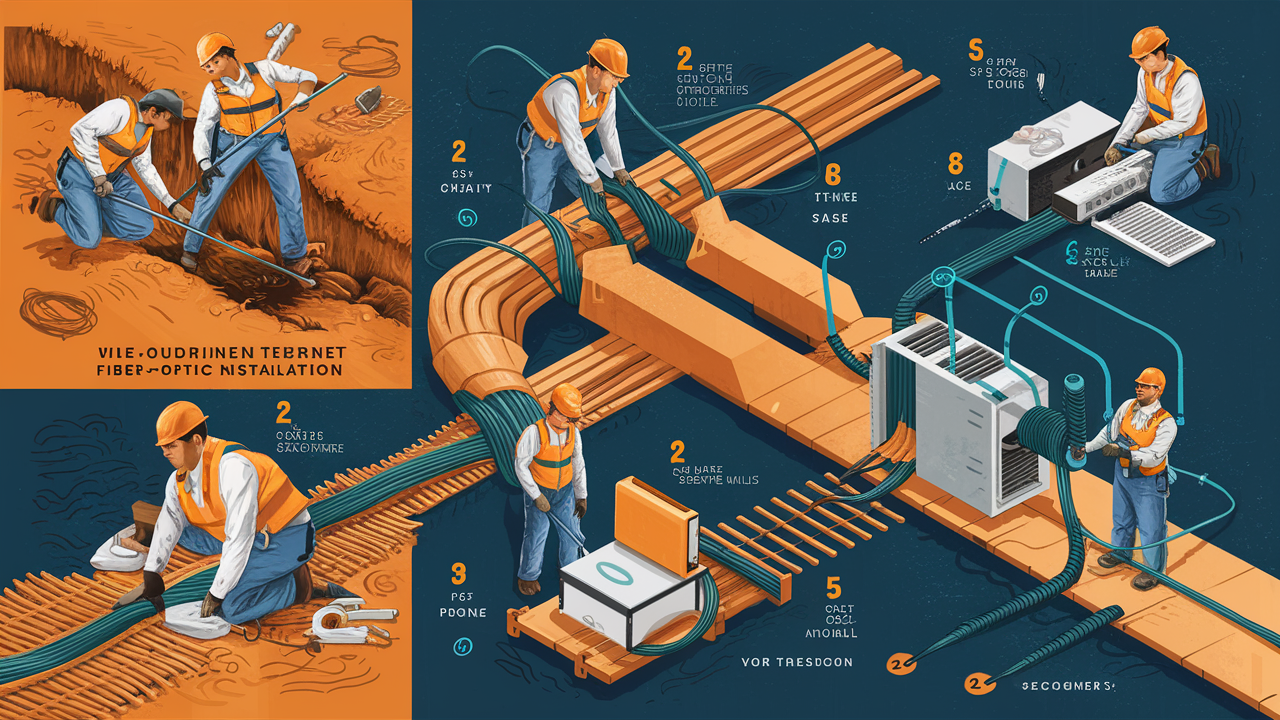
Fiber optic internet can be broadly defined as the installation of fiber optic cables that enhance the internet speed and connection of a home. But, it is not an easy job and can be done only if you have some specific equipment and expert professional help. Here is an overview of what's needed to install fiber internet.
Fiber-Optic Cable
Fiber optical cable is made up of very thin strings of exceedingly clear glass or plastic through which data is transmitted in the form of light pulses. Compared to copper cables, fiber-optic cables can carry large volumes of information at high speeds while experiencing relatively low signal attenuation over greater lengths. These are necessary with all fiber internet installations, as this specialized fiber cable must be physically run either beneath the ground or along telephone poles from the nearest fiber provider’s facilities to the home.
Optical Network Terminal
An ONT is an optical network terminal that translates the light signals from the fiber cable into electrical signals which can then be used to connect using Ethernet cable in the home or through wireless technology. The ONT is typically located indoors with the home or on the home, and needs its own utility power supply. It acts as the converter of the incoming fiber line from the street to the interior network of the home.
Internet Router
As with any broadband service, fiber Internet service Provider entails the use of a router to manage the traffic between home network appliances and the web. The installation of routers allows for a faster data transfer rate from the fiber to multiple devices such as computers, phones, and smart home devices through WiFi or Ethernet connection. Almost all fiber providers will provide a unique router that is well suited for the high fiber speeds of up to 1Gbps and above.
Power Source
Internet equipments such as the ONT used in fiber internet need a source of electrical power at all times and hence should be installed in a place that has access to a grounded power source. Backup batteries or other generators may be required for the ONT to continue operating during a power loss.
Existing Conduit Pathways
The most challenging part of any home installation of fiber internet is the connection of the fiber-optic cable from the exterior of the house to the interior of the house. It is much easier to do so with underground conduit pathways that are defined by plastic tubing, as opposed to trenching without conduits. Your provider can tell whether other conduits such as unused phone or cable lines, are acceptable for pulling new fiber cabling from the property line right up to the house. In the absence of a conduit there may be a requirement for conduits to be dug or aerial cables first to be installed before the fibers themselves are pulled in.
Permits
State and local laws may demand appropriate approvals before internet service providers can place installations or install fiber cables within private property and easements or rights of ways. Rarely is this permitting done by the homeowner; thus, it is advisable for the homeowner to find out the requirements and inform neighbors. It enables them to employ the service of professional installers who will not affect neighboring structures.
Inspection and Certification
But before fibre internet services are provided for the home, an assessment of the home must be done to ensure all equipments are well fitted and fixed in the correct manner as per the set code, cables have been well run with no signs of damage to property. This certification process ensures that there is no problem with the fibre pathway, the location of ONT, grounding wires, power connections, among others. Technical teams will perform tests of all internet links to prove that the provider’s facilities and the user devices get the desired speeds.
Costs
Fiber internet installation costs range from $300 to $2000 with significant differences depending on the fiber and conduit access, existing infrastructure, construction complexities, and provider offers. Large construction projects that may require, for instance, construction of structures that are large and complicated may be valued at over $10,000. Providers provide multiple offers with significantly lowered prices for the installation or with the equally distributed amounts in the monthly fees. To understand what’s best for a specific property, homeowners may have to weigh options from at least two qualified fiber providers at different installation costs and connectivities and choose one that offers the most cost-effective high-speed internet service.
Bringing fiber is a one-time process for providers but it involves some form of planning for future traffic needs; this bears the ability to support tremendously increasing data demands due to the underlying technology. Although perhaps the most infrastructurally demanding strategy is to run all-new fiber-optic pipelines, many providers incorporate fiber and other carriers ’ existing ducts in more complex solutions that still deliver high speeds but need not involve the latter’s construction. Before approaching the providers, it’s possible to make a listing of the current home setup and do a survey on the fiber companies around the region, to enable the providers to design a good fiber internet installation plan that will suit the current connectivity needs and at the same time satisfy the desired speed requirements in the future.
In an attempt to exhaust the elements of the processes on the homeowner side that would ensure successful installation of fiber-optic internet, I sought to cover the key equipment, infrastructure, processes, and knowledge required. Please let me know if there is anything more I need to say on this or anything that needs to added to the content above.
Read More:
How many Ethernet ports does ATT fiber have?
Is it worth switching to AT&T fiber?
How does AT&T get fiber to your house?
Can you install ATT fiber yourself?
Why is my AT&T fiber internet so slow?
